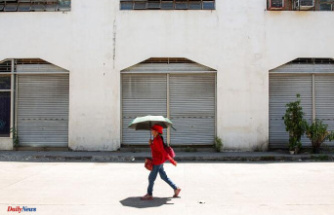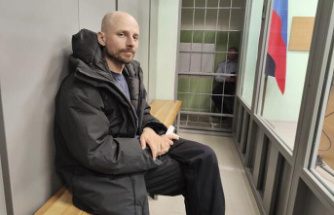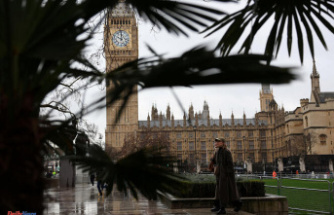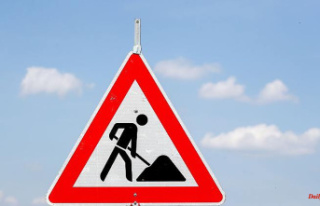There are also archaeological relics in the lignite opencast mine. Remains of Roman estates and other things are uncovered here. A Roman road ran through the middle of today's mining area. In addition, food was grown for the settlements on the Rhine.
Titz (dpa / lnw) - The Rhenish lignite mining area is also a field for archaeologists. The experts will present their latest finds on Saturday (20 August). The most recent finds from Roman times are on display in the branch office of the LVR office for the preservation of archaeological monuments in Titz - right next to the Hambach opencast mine. Around 50 objects are to be presented, said Robin Peters, head of the branch office in the district of Düren. Among them are a Roman child's shoe discovered in a well and grave finds. Roman and Teutonic actors will enliven the reconstruction of an Iron Age courtyard.
Directly at an excavation at the opencast mine, visitors can see the excavation at a 2000 year old Roman estate. Archaeologists also want to demonstrate their working methods.
The fact that so many finds are unearthed in the vicinity of the lignite opencast mines between Cologne, Aachen and Mönchengladbach is partly due to the "Via Belgica", an old Roman road that led from Cologne to Jülich and on towards Heerlen in the Netherlands - right through today's mining area.
In Roman times, this was the granary for the large settlements on the Rhine, such as Cologne and Xanten. "Every few kilometers there was a larger Roman estate," said Peters. The facilities were surrounded by commercial areas and managed by around six to twelve people.
For the first time since the beginning of the corona pandemic, the archaeological branch office is presenting its work at an open day.












